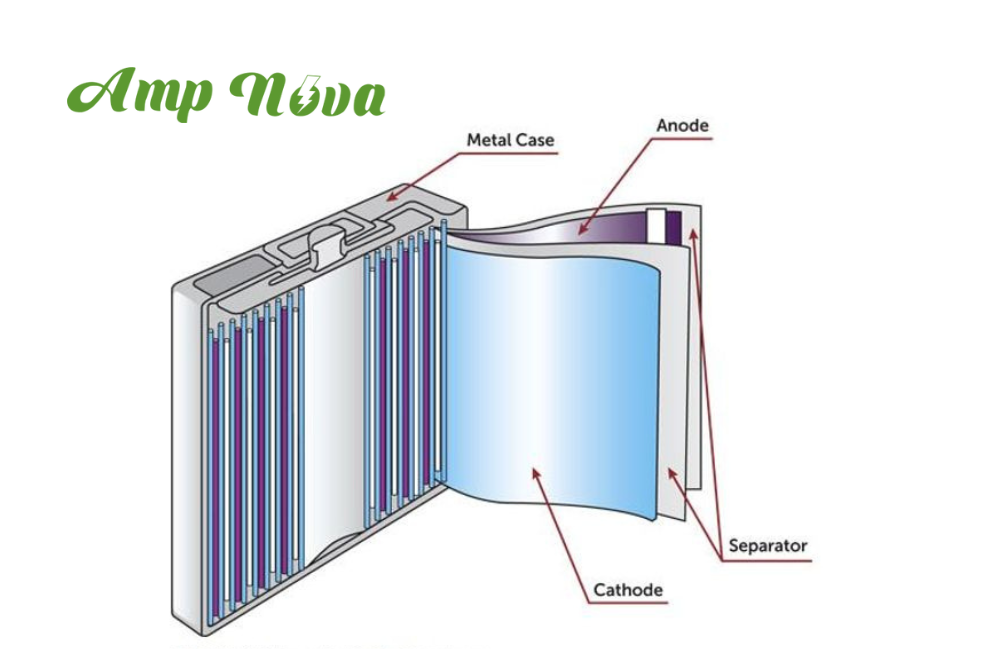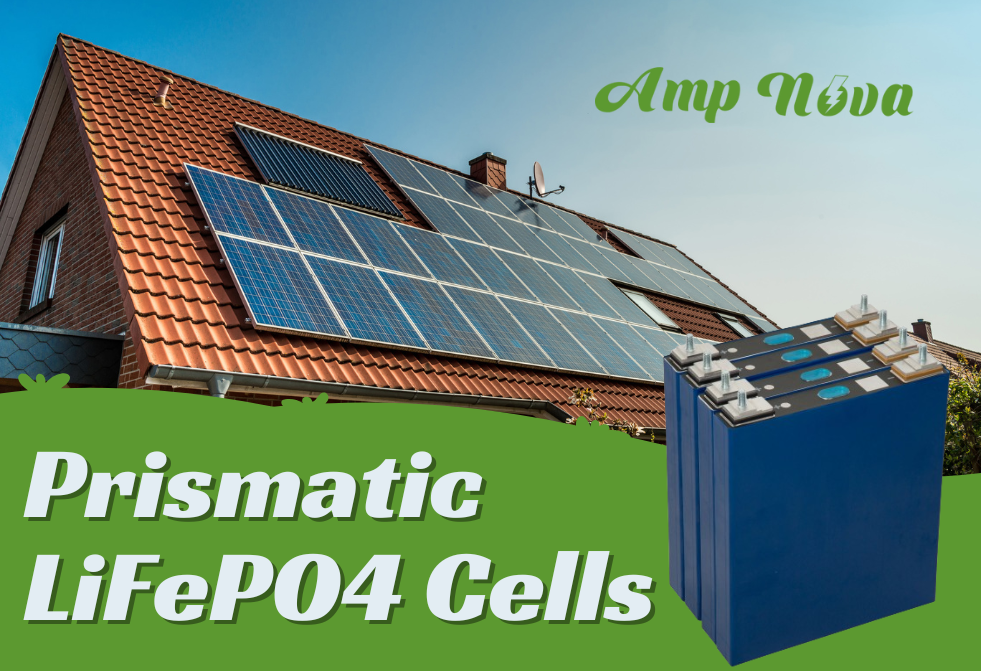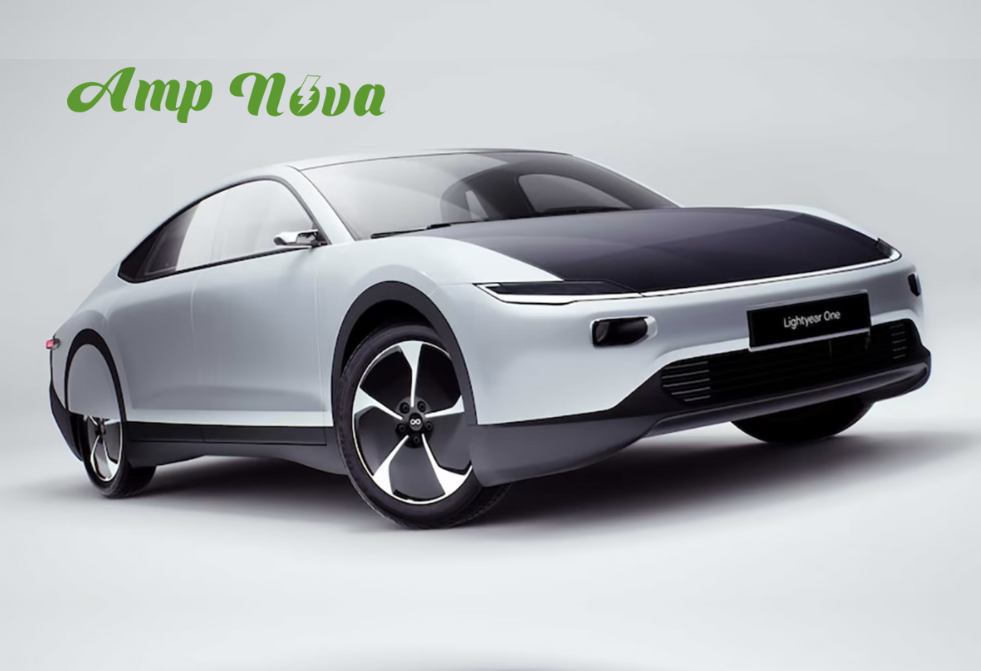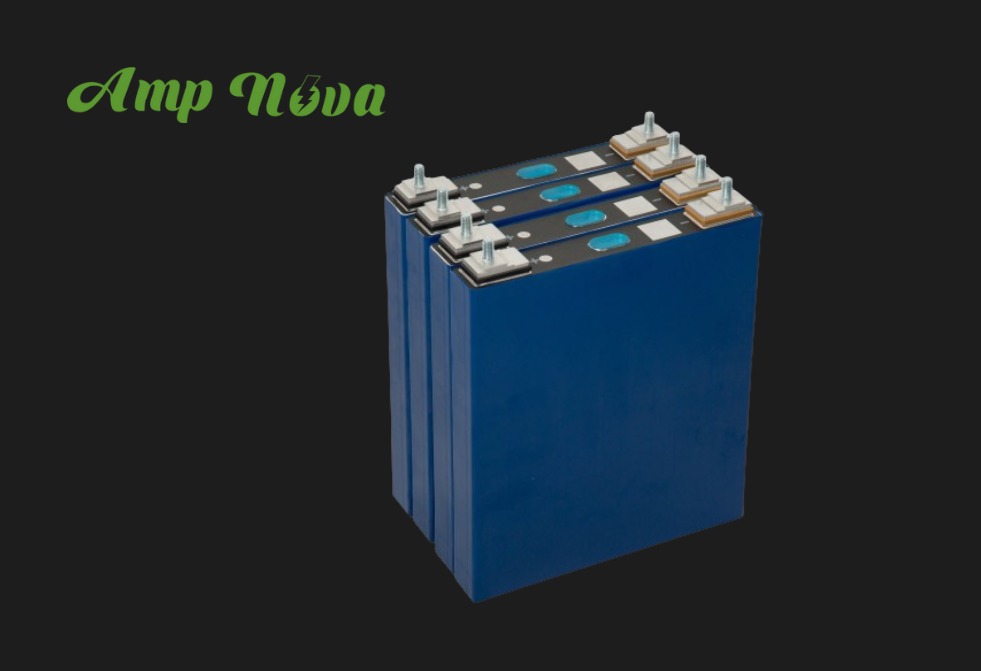- Understanding Prismatic LiFePO4 Cells: A Technological Overview
- Comparative Advantages: Prismatic LiFePO4 vs. Traditional Batteries
- The Environmental Impact: Why Prismatic LiFePO4 Cells Are Greener
- Market Adaptation: How Industries are Embracing Prismatic LiFePO4 Technology
- Enhancing Energy Storage Systems: Prismatic LiFePO4 in Renewable Integration
- Prismatic LiFePO4 Cells in Electric Vehicles: Accelerating the EV Revolution
- Economic Projections: Cost-Effectiveness and Investment Trends
- Barriers and Challenges: Overcoming the Hurdles in Adoption
- Conclusion: Envisioning a Future Powered by Prismatic LiFePO4 Energy Solutions
In the world of battery technology, prismatic Lithium Iron Phosphate (LiFePO4) cells represent a significant innovation, garnering attention across various industries. The Prismatic LiFePO4 Cells have emerged as a powerhouse due to their unique combination of safety, longevity, and environmental friendliness. Their rectangular shape optimizes space efficiency in battery packs, making them a preferred choice for electric vehicles, solar energy storage, and portable electronics. The prismatic cell’s robust chemistry and construction offer enhanced thermal stability and reduced risk of leakage or swelling, presenting a transformative potential for energy systems worldwide.
Contents
- 1 Understanding Prismatic LiFePO4 Cells: A Technological Overview
- 1.1 Comparative Advantages: Prismatic LiFePO4 vs. Traditional Batteries
- 1.2 The Environmental Impact: Why Prismatic LiFePO4 Cells Are Greener
- 1.3 Market Adaptation: How Industries are Embracing Prismatic LiFePO4 Technology
- 1.4 Enhancing Energy Storage Systems: Prismatic LiFePO4 in Renewable Integration
- 1.5 Prismatic LiFePO4 Cells in Electric Vehicles: Accelerating the EV Revolution
- 1.6 Economic Projections: Cost-Effectiveness and Investment Trends
- 2 Barriers and Challenges: Overcoming the Hurdles in Adoption
- 3 Amp Nova New Energy:
Understanding Prismatic LiFePO4 Cells: A Technological Overview

Prismatic LiFePO4 cells, key players in the field of energy storage, employ lithium iron phosphate as the cathode material. Distinguished by their flat, rectangular shape, they offer compact energy solutions. Their structure enables efficient thermal management and contributes to safety by reducing risks linked to overheating. With a stable chemistry, these cells provide long cycle lives and exhibit a high degree of tolerance to full-charge conditions, often sidestepping problems like electrolyte decomposition. Prismatic cells have made strides in applications such as electric vehicles (EVs) and grid storage, credited to their inherent stability and durability. They embody advancements in battery technology that address both capacity and safety concerns.
Comparative Advantages: Prismatic LiFePO4 vs. Traditional Batteries
Prismatic LiFePO4 batteries offer several advantages over traditional battery technologies. Firstly, they possess superior thermal stability, minimizing the risk of overheating and potential thermal runaway. This factor enhances safety significantly, making them a suitable choice for high-demand applications. Secondly, they exhibit longer cycle lives, often exceeding 2000 cycles, which ensures greater longevity and reduces the need for frequent replacements. LiFePO4 chemistry also provides a consistent discharge voltage, which guarantees steady power delivery throughout the discharge cycle.
Another major benefit is their environmental friendliness; LiFePO4 batteries are composed of non-toxic materials, which are more eco-friendly compared to the lead or acid used in many traditional batteries. Additionally, they boast a high energy density, which translates into a lighter weight for the same capacity when juxtaposed with older battery types. This makes prismatic LiFePO4 cells advantageous for portable and mobile applications where weight and space are critical constraints.
The Environmental Impact: Why Prismatic LiFePO4 Cells Are Greener

Prismatic LiFePO4 batteries signpost a substantial leap toward ecological sustainability in energy storage. These cells capitalize on lithium iron phosphate chemistry, which is famed for its inherent safety and stability, leading to a lower probability of hazardous incidents and thus reducing potential environmental harm. Unlike the cobalt-based cells, LiFePO4 batteries sidestep the ethical and environmental quandaries linked with cobalt mining. Furthermore
- Longevity: LiFePO4 batteries boast lengthy lifespans, culminating in less frequent replacements and diminished waste.
- Efficiency: High energy density and reduced maintenance ensure a smaller carbon footprint over the battery’s lifecycle.
- Recyclability: The materials within prismatic LiFePO4 cells are more readily recyclable, which alleviates the end-of-life environmental impact.
- Non-Toxicity: Free from toxic heavy metals, these batteries pose less risk to soil and water should they degrade.
This confluence of features situates prismatic LiFePO4 cells as a greener alternative, aligning with a sustainable future.
Market Adaptation: How Industries are Embracing Prismatic LiFePO4 Technology
Various industries are rapidly integrating Prismatic LiFePO4 cells into their operations to harness their eco-friendliness and energy efficiency. The automotive sector is leading, by example, in transitioning to electric vehicles powered by these cells for improved range and safety. Similarly, the renewable energy industry values Prismatic LiFePO4 batteries for their longevity and stability, especially in solar power storage systems. In the realm of consumer electronics, manufacturers are incorporating these lightweight, durable batteries into portable devices, significantly enhancing their energy density and lifecycle. Moreover, the burgeoning field of smart grid technology is adopting LiFePO4 batteries for peak load management and grid stabilization. Through these applications, industries are not only adapting to the evolving energy landscape but also shaping a sustainable future.
Enhancing Energy Storage Systems: Prismatic LiFePO4 in Renewable Integration
The integration of prismatic LiFePO4 batteries into renewable energy systems marks a substantial advancement in energy storage solutions.
- Optimized Space Utilization: These batteries boast a compact design, which maximizes storage capacity per unit volume, thereby enhancing the efficiency of renewable systems.
- Improved Lifespan and Safety: Prismatic LiFePO4 cells offer an extended cycle life and enhanced safety features, which are critical for maintaining a consistent energy supply and reducing maintenance costs in renewable applications.
- Superior Thermal Management: The inherently stable chemistry and efficient thermal characteristics of prismatic LiFePO4 batteries facilitate better temperature control, contributing to increased reliability in fluctuating conditions typical of renewable sources like solar and wind.
- Scalability for Large Systems: Their modularity allows for the scalable design of large storage systems, indispensable for the integration of intermittent renewable energy sources into the grid.
Implementing prismatic LiFePO4 technology is pivotal for the robust, safe, and efficient operation of renewable energy storage systems.
Prismatic LiFePO4 Cells in Electric Vehicles: Accelerating the EV Revolution

Prismatic Lithium Iron Phosphate (LiFePO4) cells are pivotal in driving the electric vehicle (EV) revolution forward. These cells offer myriad benefits that are essential for the growing demands of the EV industry:
- Energy Density: While prismatic LiFePO4 cells may not have the highest energy density, they strike a balance that makes them practical for EV applications, where space is premium and efficiency is key.
- Safety: LiFePO4 chemistry is renowned for its stability, significantly reducing the risk of thermal runaway—a safety hazard associated with some other lithium-ion batteries.
- Longevity: These batteries exhibit a much longer life cycle compared to other lithium-ion counterparts, often surpassing 2000 full charge-discharge cycles, which corresponds to years of reliable service in an EV.
- Cost-effectiveness: The raw materials for LiFePO4 cells are generally more abundant and less expensive than those required for cobalt-based cells, contributing to a lower cost per kilowatt-hour.
- Sustainability: The use of iron and phosphate, both of which have lower environmental impacts during extraction compared to other metals like cobalt, makes these cells a more sustainable choice.
By addressing the core requirements of durability, cost, and safety, prismatic LiFePO4 cells are propelling the rapid expansion of electric transportation infrastructure and becoming a cornerstone of the sustainable mobility ecosystem.
Economic Projections: Cost-Effectiveness and Investment Trends
As the energy landscape evolves, prismatic LiFePO4 cells are emerging as a potent solution, with projections indicating a favorable economic trajectory. Initial analyses reveal:
- Increased affordability due to scale of production and technological advancements.
- Enhanced cell longevity and performance, equating to lower lifecycle costs.
- Strong market trends towards sustainable and efficient energy storage solutions.
Investment patterns also reflect rising confidence in prismatic LiFePO4 technology:
- Attraction of venture capital to startups focusing on LiFePO4 applications.
- Significant allocations by governments in renewable energy infrastructure.
- Expansion of automotive sector investments to support electric vehicle production.
- Subsequently, prismatic LiFePO4 cells stand poised to reshape economic paradigms within the energy sector.
Barriers and Challenges: Overcoming the Hurdles in Adoption
Prismatic LiFePO4 cells are poised to revolutionize the energy sector. However, their widespread adoption faces several barriers:
High Initial Cost
Despite their long-term savings, prismatic LiFePO4 cells have high upfront costs that can deter consumers and industries from making the switch from conventional batteries.
Lack of Awareness
Potential users may not be well informed about the benefits of LiFePO4 technology, leading to a preference for familiar battery types.
Limited Infrastructure
Charging and recycling infrastructure for these cells is not as developed as for other types of batteries, hindering widespread use.
Regulatory Challenges
Meeting various international safety and environmental standards can be a significant obstacle for manufacturers.
Overcoming these challenges requires targeted efforts to educate potential users, invest in supportive infrastructure, and engage with regulatory bodies to streamline standards and incentives.
Amp Nova New Energy:
In the realm of sustainable energy, prismatic LiFePO4 cells are paving the way for a greener and more efficient future. With their remarkable safety profile, high energy density, and longevity, these cells are poised to revolutionize various industries, from automotive to grid storage. Decision-makers and innovators are directing investments towards harnessing this technology to meet the growing energy demands while reducing the carbon footprint. The scope of prismatic LiFePO4 energy solutions holds promise for a cleaner, more resilient, and more reliable energy landscape that will serve humanity for decades to come.
Ready to embrace the future of sustainable energy with Prismatic LiFePO4 cells? Compare the prices from top solar battery manufacturers now to make the smart choice for efficiency, longevity, and environmental friendliness. Join the energy revolution today!
